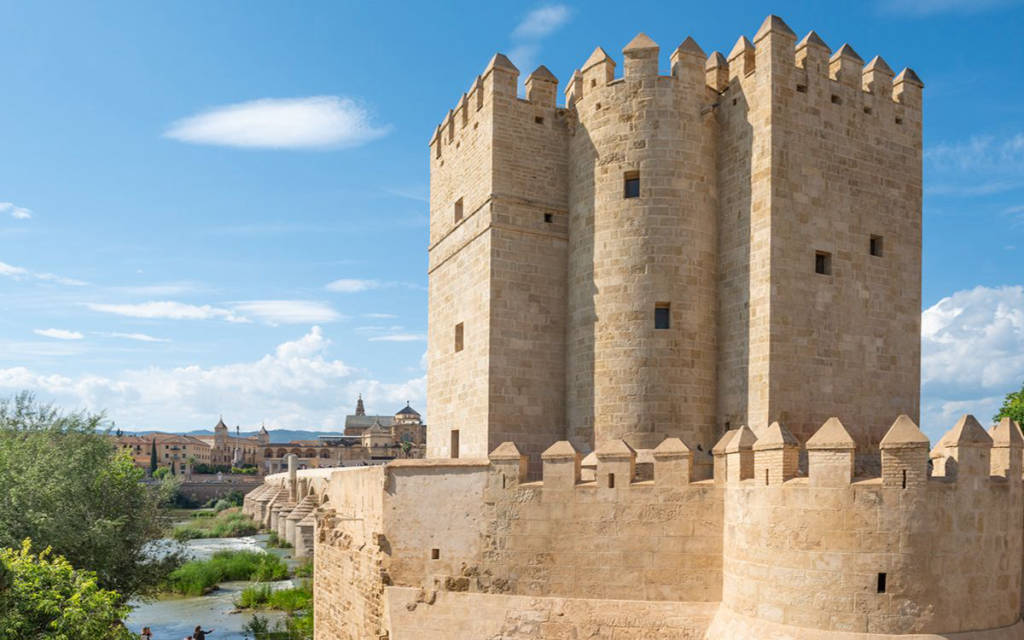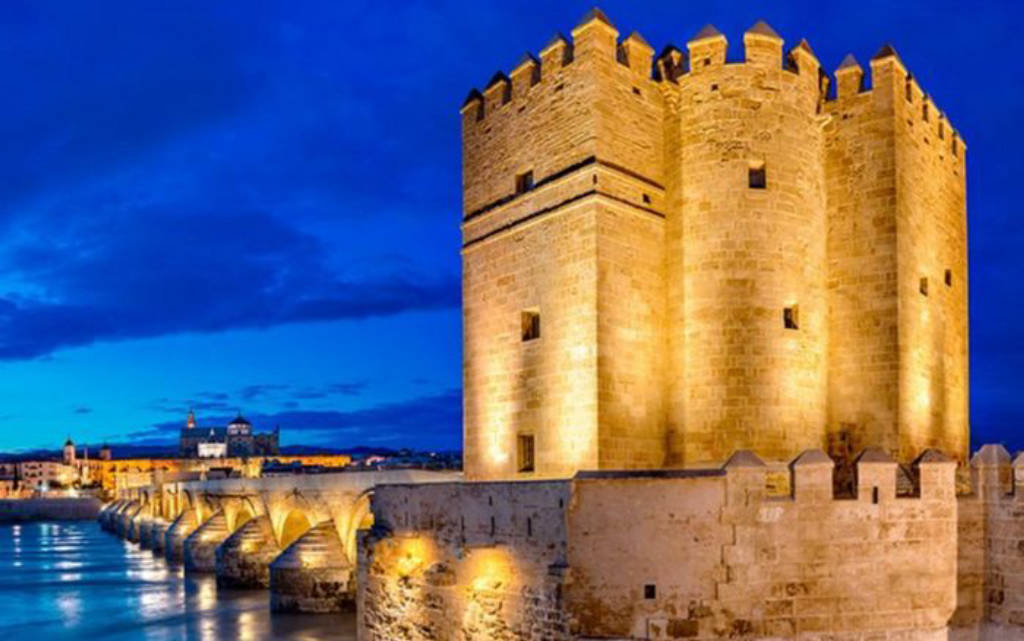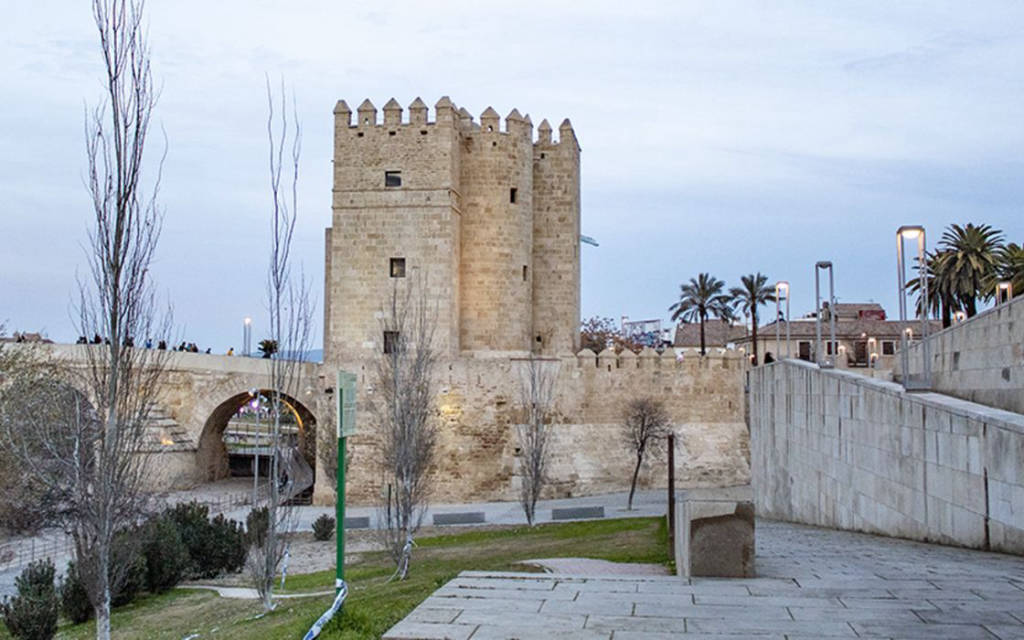The Torre de la Calahorra, situated at the southern end of the iconic Roman Bridge in Cordoba, Spain, is a historical jewel that transports visitors through the corridors of time. This tower, with its sturdy medieval silhouette, has witnessed centuries of Cordoba's rich cultural evolution, making it an integral part of the city's architectural narrative.
Constructed in the 12th century during the Al-Andalus period, the Torre de la Calahorra has served various purposes throughout its existence, including defensive functions during times of conflict. However, its significance transcends its strategic role; it stands as a symbol of the cultural amalgamation that characterizes Cordoba's heritage, blending Islamic, Christian, and Roman influences.
What makes the Torre de la Calahorra truly unique is its current role as the Museo Vivo de Al-Andalus, a "Living Museum of Al-Andalus." Within its ancient walls, visitors embark on a multisensory journey that vividly unfolds the cultural tapestry of Al-Andalus, showcasing the interplay of Muslim, Christian, and Jewish traditions that once flourished in harmony.
As visitors ascend the tower, they are treated to panoramic views of the Guadalquivir River and the cityscape, offering a breathtaking perspective that underscores the tower's strategic location. Exhibits within the tower provide a nuanced understanding of the cultural exchanges that defined Al-Andalus, making the Torre de la Calahorra not just a physical structure but a dynamic testament to Cordoba's historical richness.
 Register
RegisterSign in Travel Agent
Sign in Supplier
Sign in Affiliate
Sign in Guru







 Puente Romano, 14009 Córdoba, Tây Ban Nha
Puente Romano, 14009 Córdoba, Tây Ban Nha